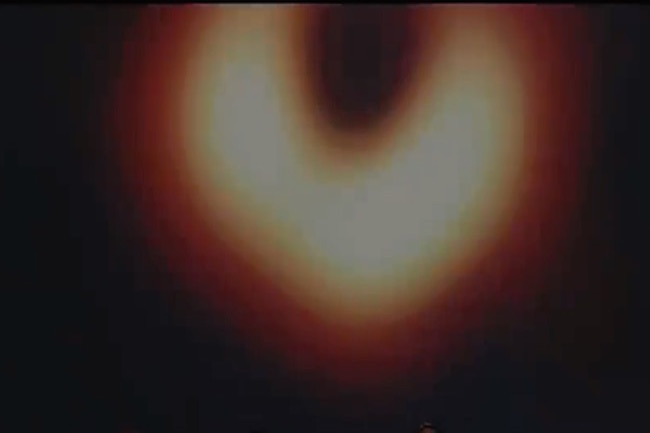A Bill Gates Venture Aims To Spray Dust Into The Atmosphere To Block The Sun. What Could Go Wrong? by Ariel Cohen for Forbes
Microsoft’s MSFT -0.4% billionaire founder Bill Gates is financially backing the development of sun-dimming technology that would potentially reflect sunlight out of Earth’s atmosphere, triggering a global cooling effect. The Stratospheric Controlled Perturbation Experiment (SCoPEx), launched by Harvard University scientists, aims to examine this solution by spraying non-toxic calcium carbonate (CaCO3) dust into the atmosphere — a sun-reflecting aerosol that may offset the effects of global warming.
Widespread research into the efficacy of solar geoengineering has been stalled for years due to controversy. Opponents believe such science comes with unpredictable risks, including extreme shifts in weather patterns not dissimilar to warming trends we are already witnessing. Environmentalists similarly fear that a dramatic shift in mitigation strategy will be treated as a green light to continue emitting greenhouse gases with little to no changes in current consumption and production patterns.
SCoPEx will take a small step in its early research this June near the town of Kiruna, Sweden, where the Swedish Space Corporation has agreed to help launch a balloon carrying scientific equipment 12 miles (20 km) high. The launch will not release any stratospheric aerosols. Rather, it will serve as a test to maneuver the balloon and examine communications and operational systems. If successful, this could be a step towards a second experimental stage that would release a small amount of CaCO3 dust into the atmosphere.
David Keith, a professor of applied physics and public policy at Harvard University, recognizes the “very many real concerns” of geoengineering. It is true that no one knows what will happen until the CaCO3 is released and then studied afterward. Keith and fellow SCoPEx scientists published a paper in 2017 suggesting that the dust may actually replenish the ozone layer by reacting with ozone-destroying molecules. “Further research on this and similar methods could lead to reductions in risks and improved efficacy of solar geoengineering methods,” write the authors of the paper.




